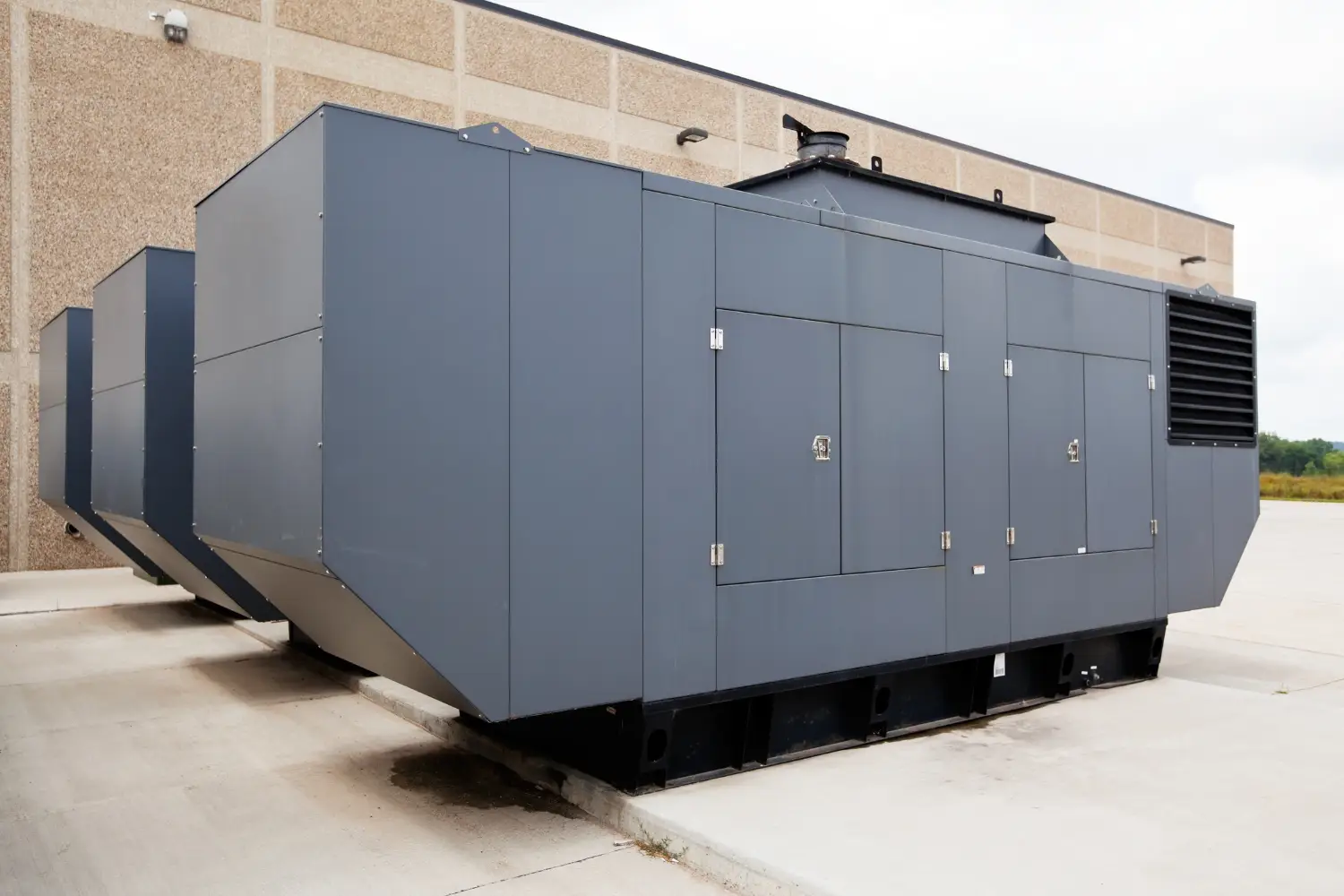Scheduled Maintenance: What It Is and How to Implement It in Your Company
What is scheduled maintenance?
Scheduled maintenance is a set of technical interventions performed on equipment and systems at predefined dates and intervals. It aims to prevent failures, extend asset lifespan, and ensure operational continuity. This is a planned practice, based on usage cycles, manufacturer recommendations, or operational history.
Difference from other types of maintenance
Unlike corrective maintenance, which occurs after a failure, and predictive maintenance, which is based on condition monitoring, scheduled maintenance systematically anticipates inspections, adjustments, and part replacements to minimize unexpected downtimes.
Examples
Periodic oil changes on generators every 200 hours or as specified.
Monthly inspection of power generator exhaust systems.
Benefits for businesses
Reduced operational costs: Optimizing contracts, avoiding emergency stops, and improving energy efficiency.
Greater reliability and asset availability: Regularly serviced machines perform better and fail less.
Safety improvement: Ensures safety mechanisms function properly, reducing risk of accidents and fires.
Examples: Crane inspections prevent load drops; electrical system checks reduce short-circuit risks.
How to implement scheduled maintenance
Asset inventory and registration: Include model, manufacturer, acquisition date, operating conditions, manuals.
Recommended info: Serial number, past interventions, critical parts, suppliers.
Maintenance plans: Define services, frequency, and responsible party (internal team or external).
Use CMMS tools: Automate scheduling, track history, and generate performance reports.
Key CMMS features: Auto work order creation, spare parts control, KPIs (MTBF, MTTR).
Team training: Beyond technical execution, they must understand goals, safety, and quality standards.
Monitoring and improvement: Conduct audits, analyze KPIs, and adapt plans with new data.
Challenges and how to overcome them
Cultural resistance: Common when production is prioritized.
Strategy: Awareness workshops, align maintenance KPIs with bonuses.
Limited resources: Upfront investments may be required.
Solution: Present ROI-based investment plans.
Production integration: Maintenance scheduling must align with operational availability.
Strategy: Set predefined windows or schedule during off-hours.
Practical applications
Food & Beverage: Pasteurizers, conveyors, fermenters require strict maintenance to ensure hygiene.
Healthcare: Emergency generators, HVAC systems, and imaging equipment need regular servicing.
Construction: Excavators, cranes, and mixers must be inspected to avoid on-site breakdowns.
Scheduled maintenance is a pillar of modern asset management. It prevents failures, improves safety, enhances efficiency, and provides competitive advantage. A structured maintenance program is a strategic investment that drives tangible results in safety, productivity, and profitability.
Discover our products.





